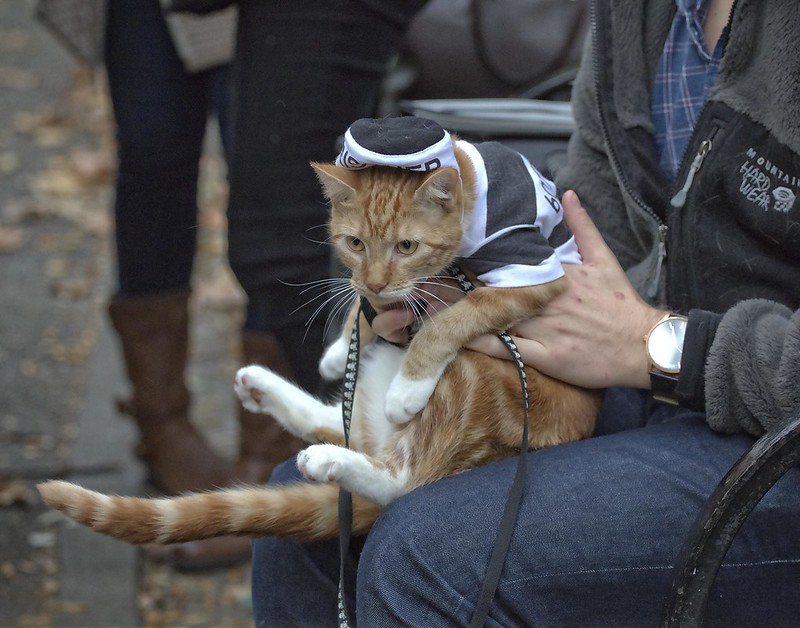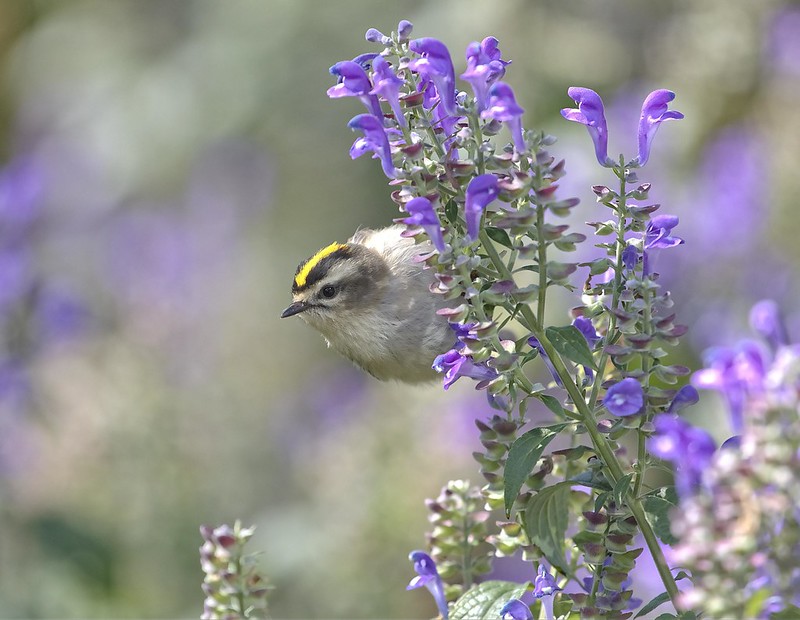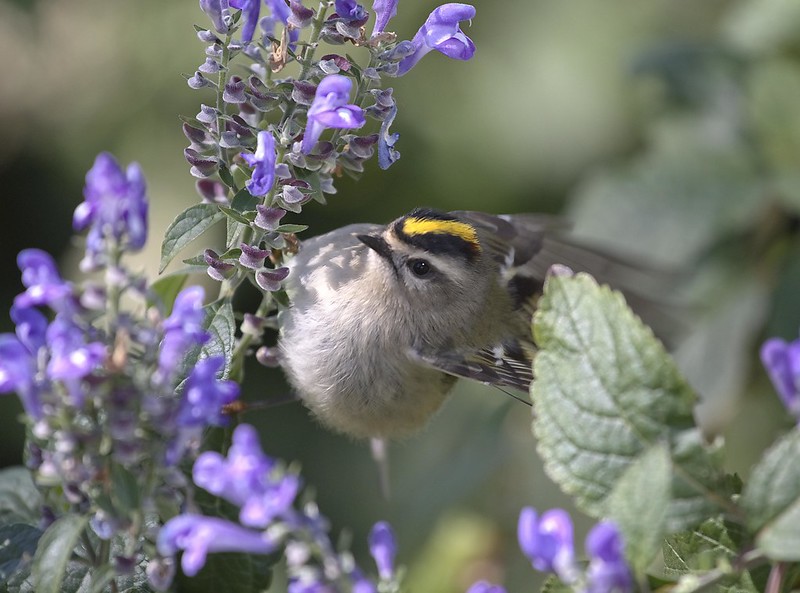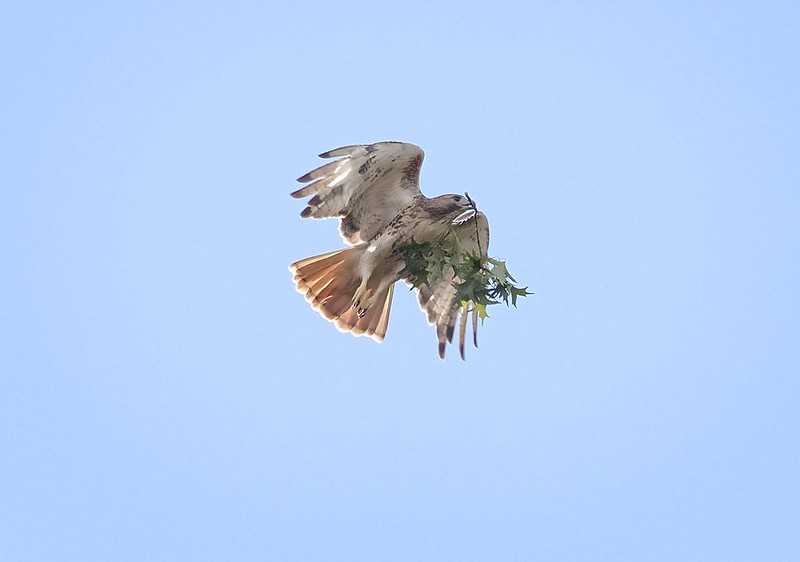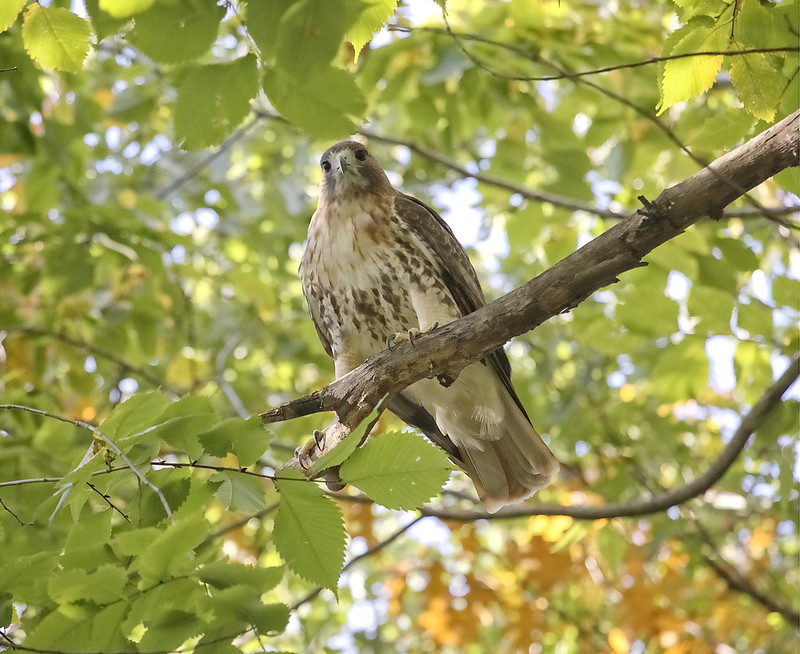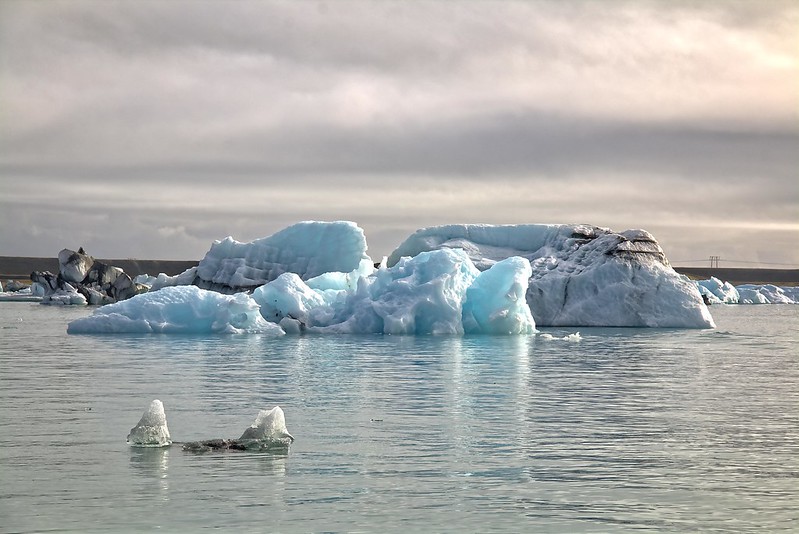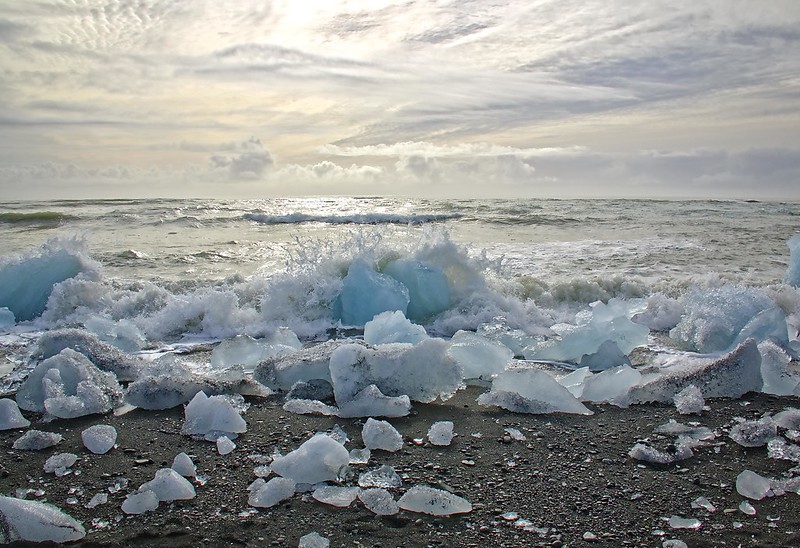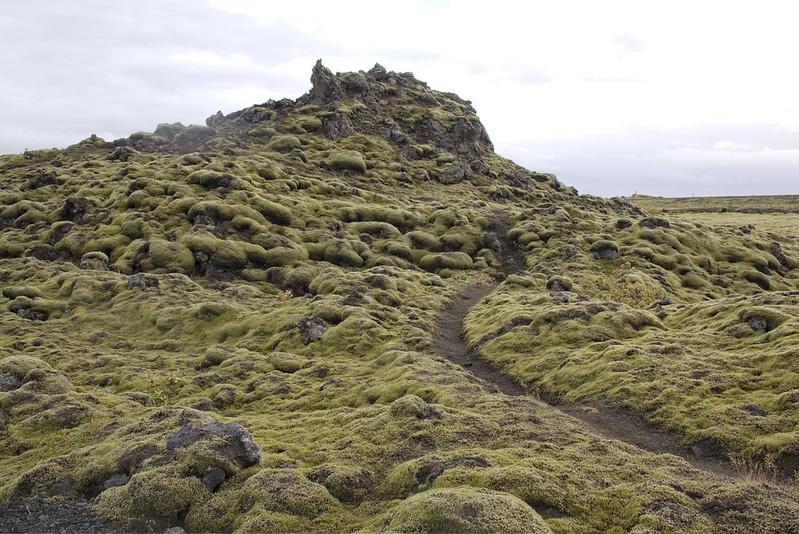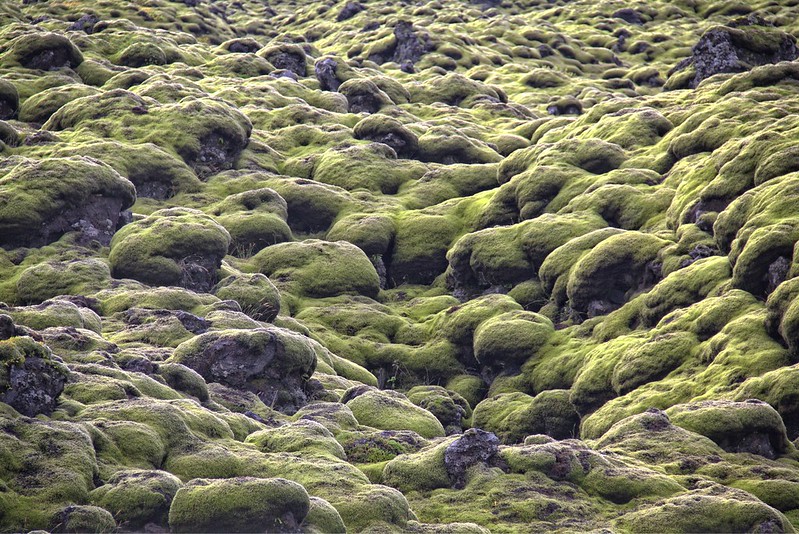This is the nest as of October 20. Dora is perched on a branch up and to the right, supervising Christo, who is inside the nest (almost impossible to see) doing housework. When they're both in the nest, they easily disappear from sight.

Credit is due to Dora, who took the initiative and started constructing the nest all on her own. The ginkgo tree has always been a favorite of hers, so I have to wonder if she picked this tree because of her affinity for perching there. She started by collecting leaves and assembling a base, then Christo went to work cutting branches and weaving them all together. It's an impressive piece of work.
I've been trying to find a recent photo of the ginkgo that shows the bare branch pre-nest, but have been unsuccessful (that tree is not very photogenic). I previously posted this photo, taken in May 2014, which shows Dora taking off from the branch now occupied by the nest, and several other hawk-watchers confirm there was nothing there when she started building.

This is Christo and Dora perched on a different branch in the same ginkgo, taken this past January.

I think it's important to note these small details as this is a unique urban situation. As there is no scientific study being conducted to learn about these birds, I think it's crucial to document everything we can. What I've learned time and time again from these hawks is they don't necessarily follow any rules or expectations. They're wild, adaptable, clever and determined.
One new development is both hawks seem to be roosting in the park. I've seen Christo do this in the past, but I've now seen Dora hunkering down for the night a few times in the last couple of weeks. Here she is Monday evening having a rat dinner near the 7th Street park entrance before going to bed.

While Dora has been sleeping on the south side of the park, I've spotted Christo turning in for the night over the basketball courts on the 10th Street side. He's been taking his dinners in the area behind the bathrooms. Here he is with a small rat (the tail sticking out of his mouth).


My biggest concern for Christo and Dora now is poison. Rodenticide is being used in Tompkins Square and there is nothing to stop the hawks from eating a poisoned rat, mouse or squirrel. I've observed dead and dying rats and squirrels recently in the park. Several sources tell me the poison is being sprayed directly into the rat holes. But there is no way to contain the poison - rats carry it out with them, squirrels dig around and further spread it. One of Pale Male's kids died this last summer in Central Park after ingesting rodenticide.
I try not to get negative on this blog, but the topic of poison in our public parks is one that really riles me up, so if anyone cares to discuss it further, send me an email.
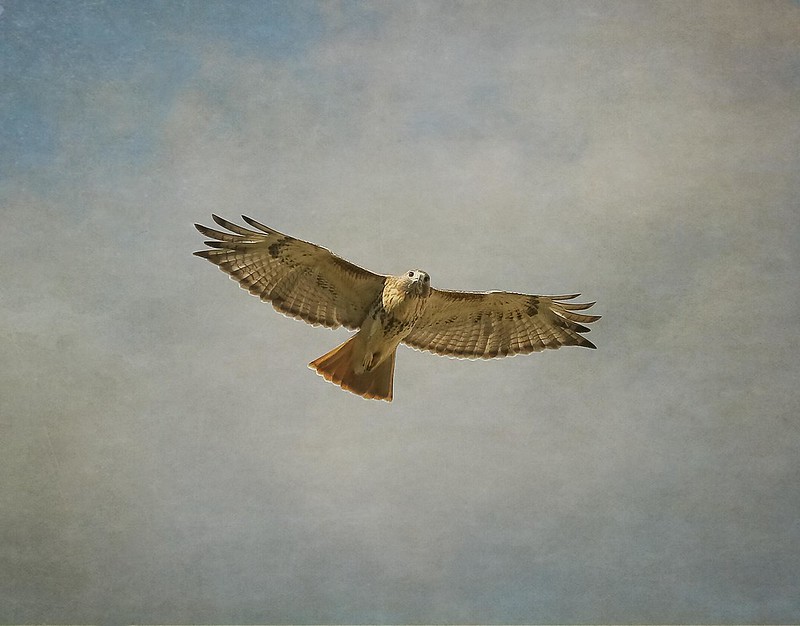
Christo
See more photos on my Flickr page.






